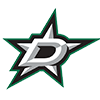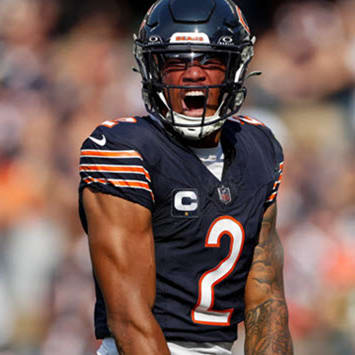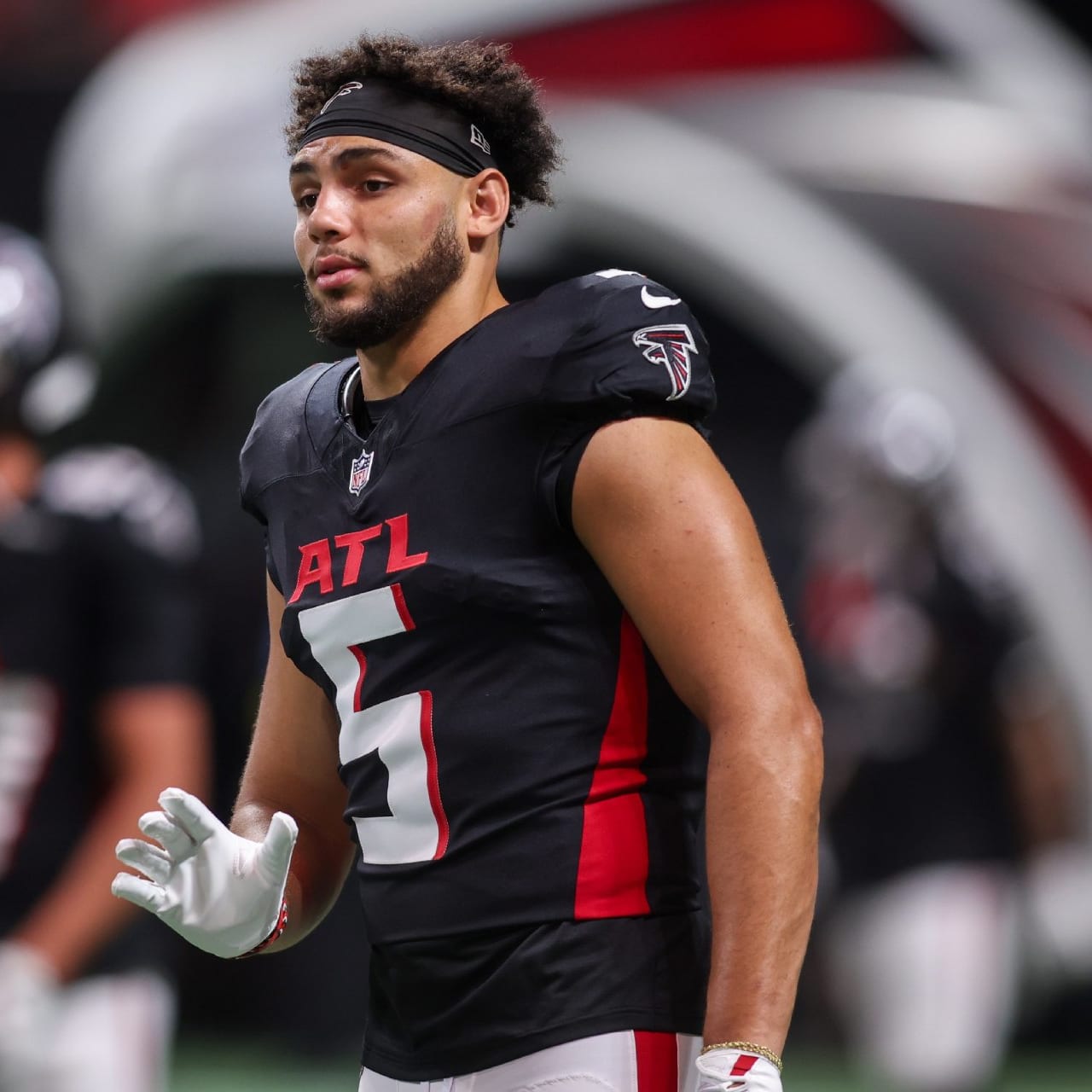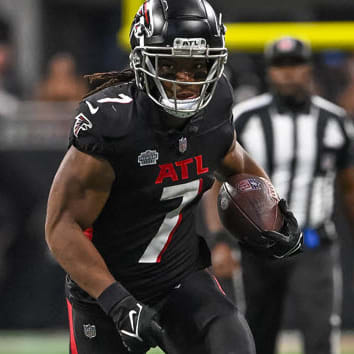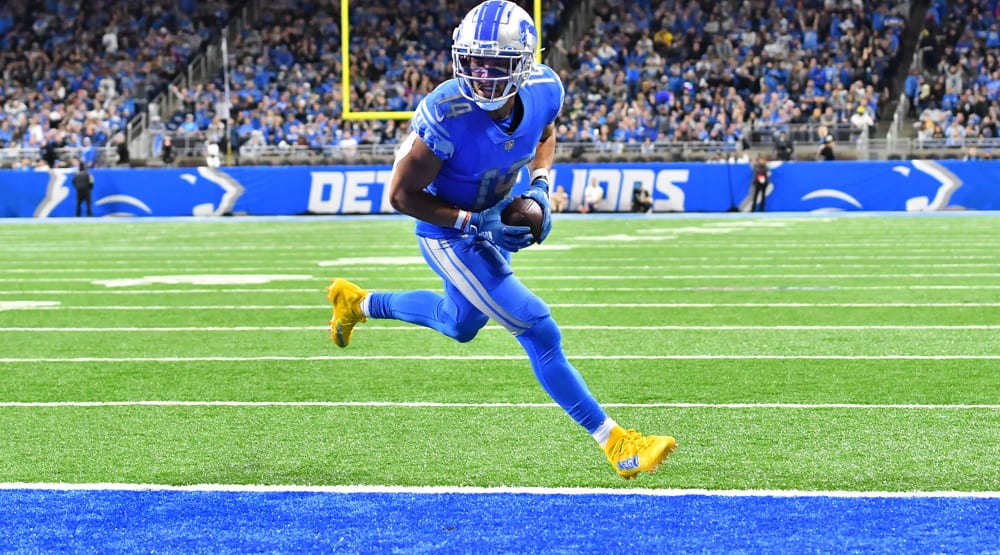You can view the QB rankings article by clicking here. This article will go through a top-20 pre-combine fantasy RB ranking with blurbs and a draft slot projection for each player.
- Bijan Robinson, Texas (6-0, 222)
Other than burning speed Robinson seemingly has everything. He has the frame to withstand high usage volume and the talent to maintain high efficiency over that volume. That includes pass-catching production, where Robinson looks like a credible threat to catch 60-plus passes annually in the NFL. Robinson has great anchor ability to break tackles but should also test well above average in the 40 for a running back his size. As a big but explosive three-down back Robinson might compare to someone like Deuce McAllister. If Robinson surprises in the 40 (think sub-4.4) then that comparison could switch to someone more like Edgerrin James.
Projected round: 1 (Top 20)
2. Jahmyr Gibbs, Alabama (5-11, 200)
Gibbs is such a monstrously talented receiver that in PPR leagues he could get surprisingly close to Robinson's level in fantasy. In real life, though, Gibbs is 20 pounds lighter and isn't a slam dunk to be faster. Gibbs requires a little projection in that his skill set and aesthetic look almost identical to Alvin Kamara, but Kamara has a substantially heavier frame at 214. Perhaps Gibbs weighs in at a bulked up 210 or so and tests well at the combine anyway, but in the meantime there's reason to think Gibbs won't be able to take a huge workload in the NFL without adding bulk, which risks losing some of his speed in the process. Still, Gibbs could be in the Kamara-Austin Ekeler tier as a pass-catching threat, meaning Gibbs is a legitimate candidate to catch upwards of 80 or more passes annually during his peak.
Projected round: 2 (Top 50)
3. Zach Charbonnet, UCLA (6-1, 220)
Charbonnet is taller than ideal but eases the concern with a sturdy frame built to withstand contact. Charbonnet is a natural runner out of the backfield and seems to have an uncommon instinctive ability to detect and attack where would-be tacklers have the least leverage, allowing him to grind out yardage without too many direct hits as he hammers off-balance defenders. Charbonnet also appears to be a natural enough pass catcher, so he projects as a three-down workhorse if his athleticism grades out sufficiently. Charbonnet looks like the post-bulk up version of DeMarco Murray.
Projected round: 2
4. Devon Achane, Texas A&M (5-9, 185)
There's reason to believe Achane can run a 4.25-second 40 or better at 185 pounds. The problem is that he won't project for much usage from scrimmage on that frame, especially as a runner between the tackles. The good news is that with speed like that Achane could probably bulk up to 205 and still run in the mid or low 4.3-second range. For a Track Guy there's a lot of impressive development in Achane's game as a runner, including between the tackles. He just seems to be a natural at it. The heavier he weighs in, the more work Achane can take on as a runner. If he only weighs 185 then he'll need to do a disproportionate amount of his damage as a receiver specifically, which is totally fine but might lessen his fantasy impact slightly.
Projected round: 1-2
5. Israel Abanikanda, Pittsburgh (5-11, 215)
Abanikanda might be fifth on this list but he appears to be a strong prospect in his own right, and unlike someone like Achane it's easy to imagine Abanikanda going over 200 carries in an NFL season. It's unclear just how good of a pass catcher Abanikanda might be but he's definitely a threat with the football, as evidenced by his 1,431 yards and 20 touchdowns (6.0 YPC) in 11 games last year. If he can run in the low 4.4-second range then Abanikanda could push for the second round.
Projected round: 3-4
6. DeWayne McBride, UAB (5-11, 215)
McBride ran for 3,523 yards and 36 touchdowns on 484 carries over 31 games at UAB, good for an average of 7.3 yards per carry. That average of 7.3 yards per carry is preposterously high, especially when you note the touchdown production. If McBride had run for 25 touchdowns instead of 36 there's a good chance he's pushing eight yards per carry. McBride did nothing as a pass catcher at UAB and that will be an understandable concern for him. As a pure runner, though, there's compelling evidence in the meantime that only Robinson outclasses McBride, who looks like a Tyler Allgeier type. McBride is unlikely to test fast in the 40 but his results speak for themselves – McBride is good at running away from people. Rhamondre Stevenson is another good example of how you can make big plays as a runner even with below average speed, so long as you have the balance and anchor ability to shed tacklers and stay squared up with the end zone.
Projected round: 3-4
7. Keaton Mitchell, East Carolina (5-9, 184)
Like McBride, Mitchell is a smaller-school back who gets no respect. Unlike McBride, Mitchell is a blazing-fast small back who excels as a pass catcher. Mitchell might get called a poor man's Achane but he might be closer to Achane than generally assumed. Mitchell was certainly a more productive runner in college, so if Mitchell's wheels are at all close to Achane then it's tougher to distinguish them. Even if not in Achane's 4.2-second range, Mitchell looks like a great bet to run south of a 4.4.
Projected round: 3-4
8. Sean Tucker, Syracuse (5-10, 205)
With Tucker we're just waiting on athletic testing to tell us how toolsy he might be. The skill set question has long been accounted for – Tucker was a memorably productive workhorse back for Syracuse and it's clear he knows how to play running back. The question is whether his tools will be enough for his skills to manifest at the pro level – it's a thin line between a Duke Johnson and an Eno Benjamin, and smaller backs like Tucker risk turning out more like the latter the lower their athletic tools grade. If Tucker's wheels check out then he'll confirm a three-down skill set in the process.
Projected round: 3-5
9. Deuce Vaughn, Kansas State (5-6, 176)
Vaughn straight up does not look possible on the field, and in general it would have been far fetched to imagine a player under 5-foot-6 somehow proving themselves a legitimate NFL prospect. Vaughn's improbability only adds to his charm, and his production is almost jaw-dropping. Perhaps Vaughn will be too small to run as well and at the volumes he did at Kansas State, but Vaughn's frame should hold up fine as a pass catcher and in that capacity alone he could be a game changer. Vaughn isn't Darren Sproles, but he could prove to be a similar exception to the Too Small rule.
Projected round: 3-5
10. Kenny McIntosh, Georgia (6-1, 210)
Who knows how the league will see it, but from here McIntosh appears an obviously superior prospect to James Cook. McIntosh's rushing production at Georgia was totally adequate, and notably of a higher quality than Cook demonstrated, but it's as a pass catcher where McIntosh is particularly interesting. McIntosh was spectacularly productive as a receiver in his last two years at Georgia, turning 78 targets into 65 receptions for 746 yards. Cook, for what it's worth, caught 43 of 53 targets for 509 yards in his final two years with the Bulldogs. McIntosh appears capable of credibly lining up at wide receiver, too. The main concern with McIntosh is that he has an upright frame for a running back and might not be well suited to running between the tackles. While McIntosh appears capable of thriving as a receiver in the NFL, he might need to in order to provide useful fantasy volume.
Projected round: 3-5
11. Kendre Miller, TCU (6-0, 220)
Miller was super productive at TCU and could well be worth ranking higher than this, but it's tough to tell what exactly he is after playing in a very spread out, generally favorable TCU offense. Miller appears more steady than explosive on tape, but with no obvious weaknesses. It's not apparent how good of a receiver he might be, though, and it's not clear whether he's fast enough to juice his numbers with big plays as often as he did at TCU. If Miller tests well athletically I might need to move him up.
Projected round: 3-5
12. Chase Brown, Illinois (5-10, 215)
Brown could help himself by running a sub-4.5 at 215 pounds, but if he possesses such speed then it's a little disappointing he didn't produce more explosively at Illinois. Brown enjoyed a monstrous 2022 season with 1,643 yards and 10 touchdowns rushing, but it was mostly a volume accomplishment given that it required 328 carries in 12 games. Still, Brown should project as an interesting off-the-bench running back at the least, and if he stands out in athletic testing he could move up. While he did well as a workhorse at Illinois, Brown has the pass-catching ability to make an impact as a rotational back, which might suit him better in the NFL.
Projected round: 4-5
13. Zach Evans, Mississippi (6-0, 215)
Evans is a former top recruit and was very productive at both Mississippi and TCU, but it's tough to tell how much his production can scale up. Evans only had a few college games where he was a true workhorse, and the rest of the time he was able to specialize as a big-play rotational back. Evans has standout burst and could prove to be one of the fastest backs in the class, but it's concerning that he couldn't break out with volume. To be fair to Evans, the better Kendre Miller is the better it reflects on Evans. If Miller is a good NFL prospect then it's more excusable that Evans couldn't take a starting role from him at TCU.
Projected round: 4-5
14. Eric Gray, Oklahoma (5-10, 211)
Gray is a rugged back with standout pass-catching abilities, meaning he would be interesting if he can earn NFL playing time. The problem is Gray is not truly big, yet he plays more of a power game than the alternative. Gray looks slowish and might struggle to beat 4.65 seconds in the 40, and in such cases you'd rather see a frame closer to 230 than 210. If Gray tests well, though, he seems to have all the skill set you could reasonably ask for.
Projected round: 4-6
15. Tyjae Spears, Tulane (5-11, 195)
Spears looks like an explosive player. His production was certainly explosive at Tulane, where he ran for 1,581 yards and 19 touchdowns (6.9 YPC) in 14 games last year. Spears' light frame means he doesn't project as a three-down player and he'll need to time well in the 40 to project as a convincing big-play specialist, but his production implies there's a good chance he pulls that off.
Projected round: 4-5
16. Christopher Brooks, BYU (6-1, 230)
Brooks – formerly known as Brown – was an early-career starter at California but transferred to BYU for his fifth season in 2022. Brooks' production was never compelling at either place but it's interesting that he produced volume at California before producing explosively on a much smaller workload at BYU. For a bigger back Brooks seems to flash standout burst at times, and there's also a chance he's a better pass catcher than most big backs. He's someone to keep an eye on.
Projected round: 5-UDFA
17. Tank Bigsby, Auburn (6-0, 213)
Bigbsy seems alright – he's definitely better than some running backs who have been drafted notably high in recent seasons – but Bigbsy still looks like a backup to me. His frame is a little light for his height and his production at Auburn was not explosive. Bigbsy hovered around a 5.0 YPC, 10-touchdown sort of annual return as a runner and that just isn't the level of explosiveness I want to see, especially from a back who is light for his frame. Bibsby also struggled to produce as a receiver at Auburn.
Projected round: 6-UDFA
18. Mohamed Ibrahim, Minnesota (5-8, 203)
Ibrahim tore his Achilles' tendon in August of 2021, but in 2022 he produced at a dominant level anyway. Ibrahim took mammoth workloads at Minnesota and thrived with them, arguably lacking explosiveness but acceptably so given the huge volume returns. Still, Ibrahim is small and clearly isn't fast. Small/slow backs sometimes stick around the NFL, but for every Devin Singletary there are dozens more who are almost immediately forgotten.
Projected round: 6-UDFA
19. Roschon Johnson, Texas (6-2, 223)
Some people like Johnson a lot, to me he's clearly a backup at most. He's a bit light for his height, and high-running power backs don't generally make much sense. He'll probably stick around for a while, though. Johnson actually checked in at 6-foot and 1/2 rather than 6-foot-2 at the Senior Bowl, which is a significantly denser build. If Johnson tests well he could push for the mid rounds.
Projected round: 4-6
20. Chris Rodriguez, Kentucky (5-11, 224)
He's probably no worse than fellow Kentucky product Benny Snell – both are two-down power backs – and Rodriguez was safely more explosive as a runner. Still, Rodriguez has a narrow path to fantasy viability as a two-down power back who lacks standout speed. Rodriguez has also had fumbling issues in the past.
Projected round: 6-UDFA


















